THE MARKETING GENIUS OF GIANNI VERSACE by BENJAMIN VILLANUEVA
ACT INDIE! #1
|

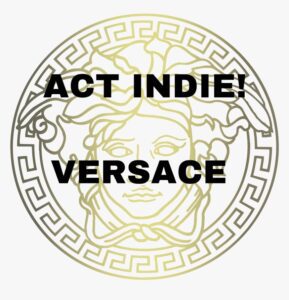
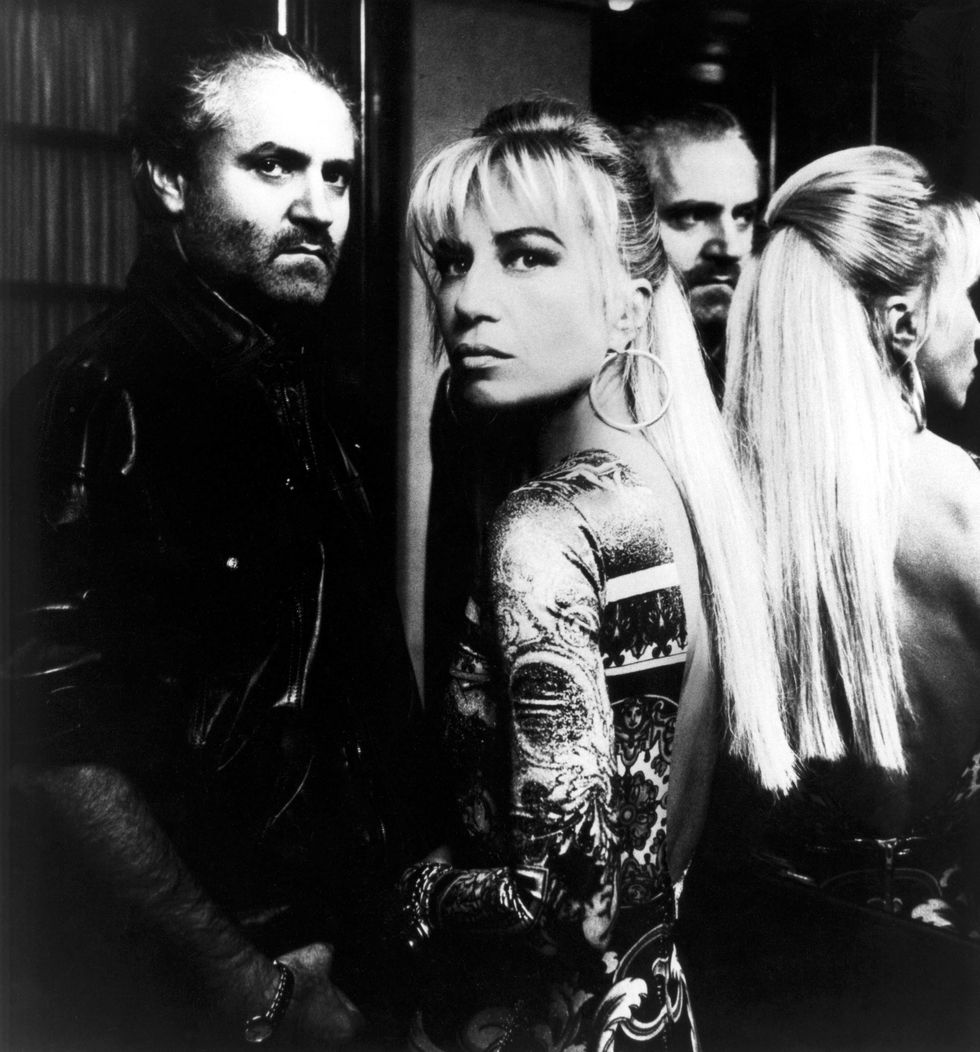

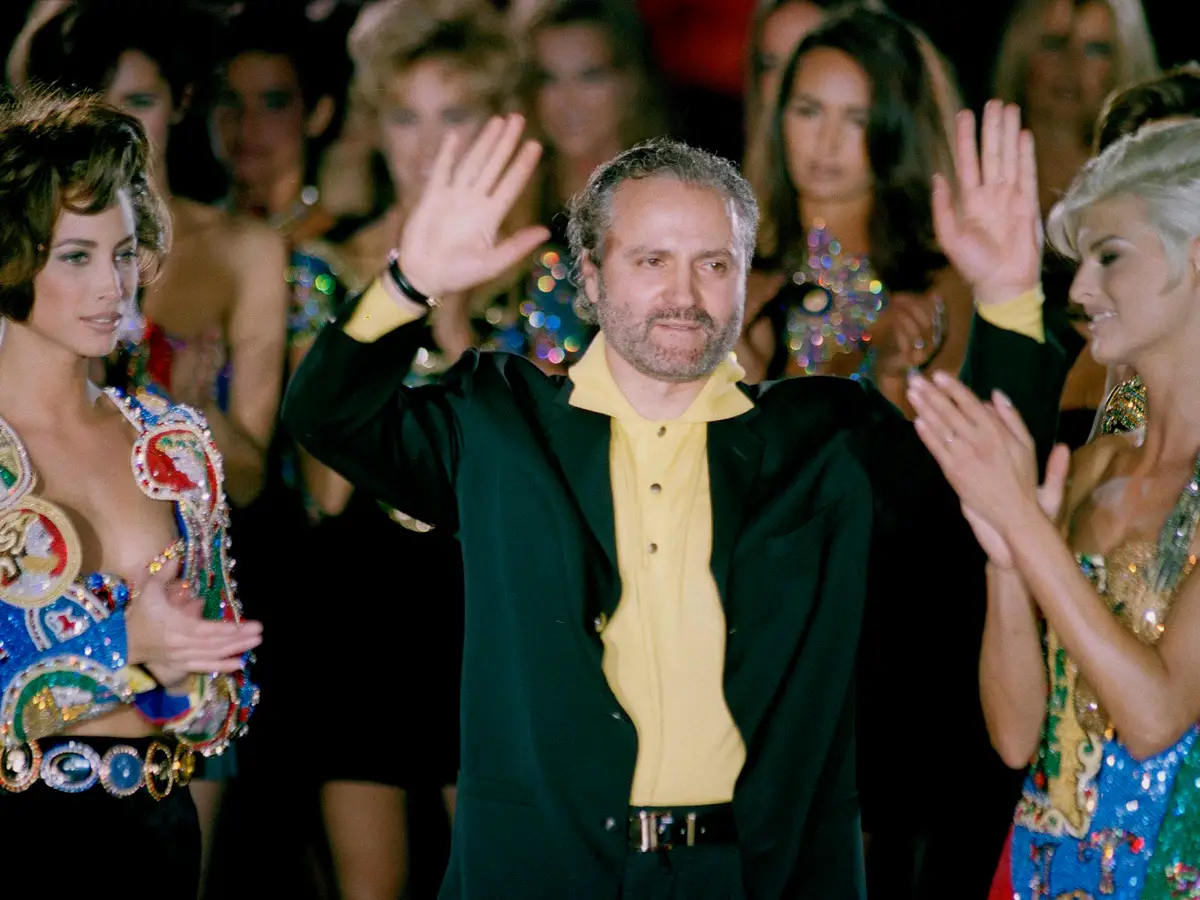

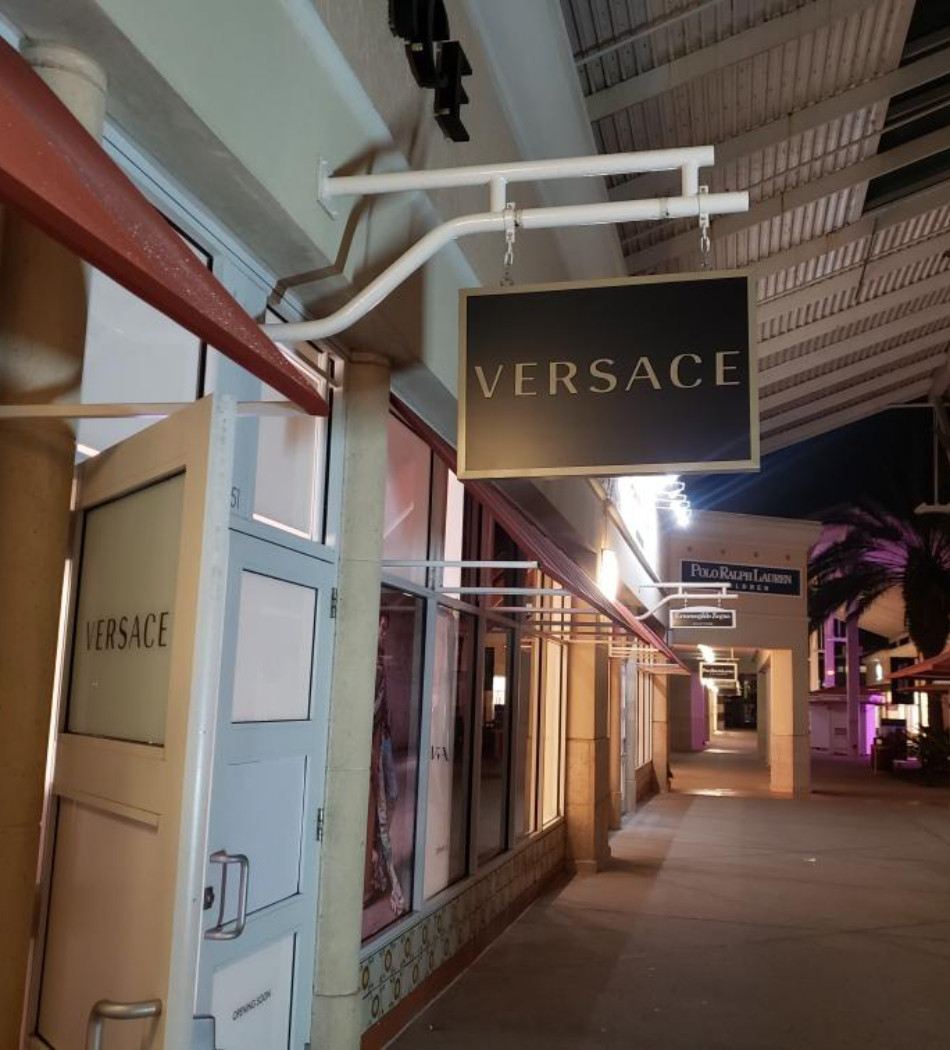
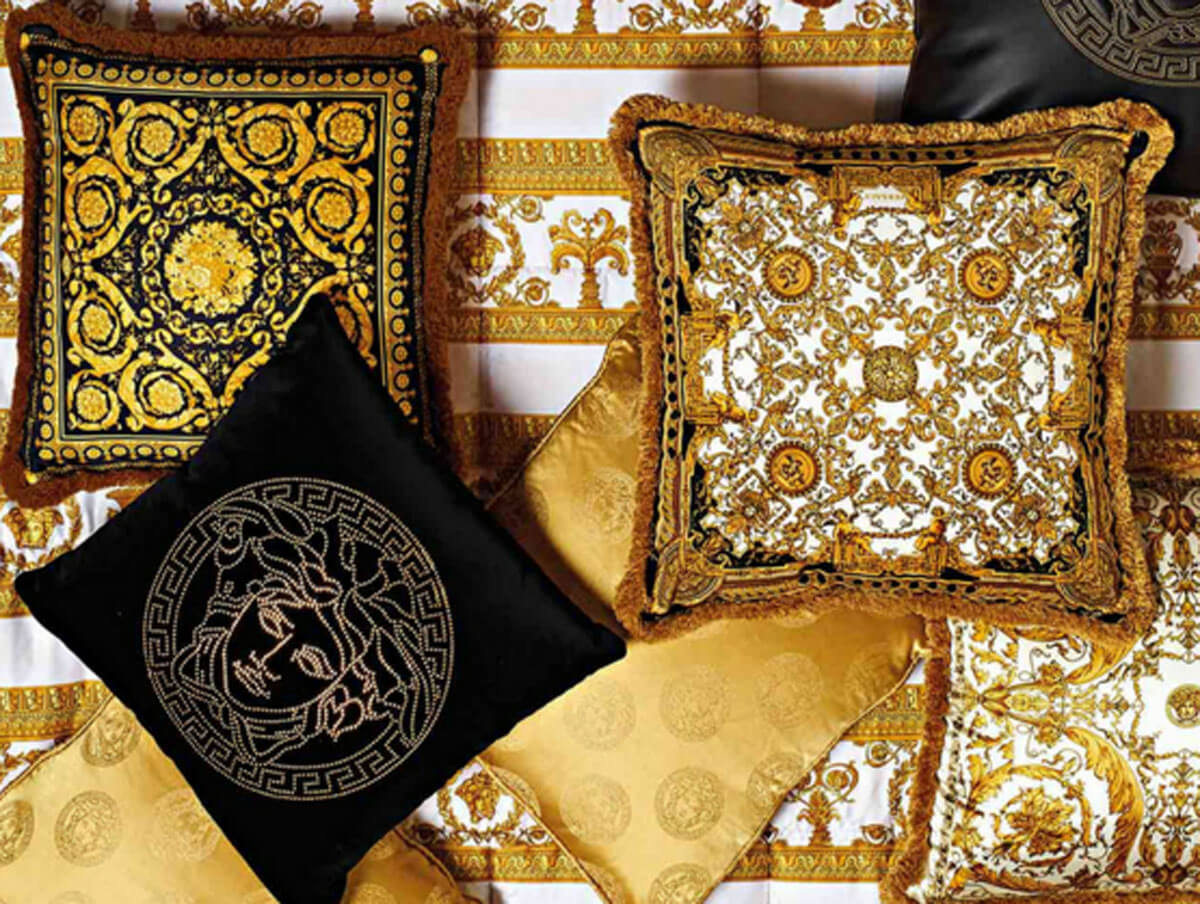
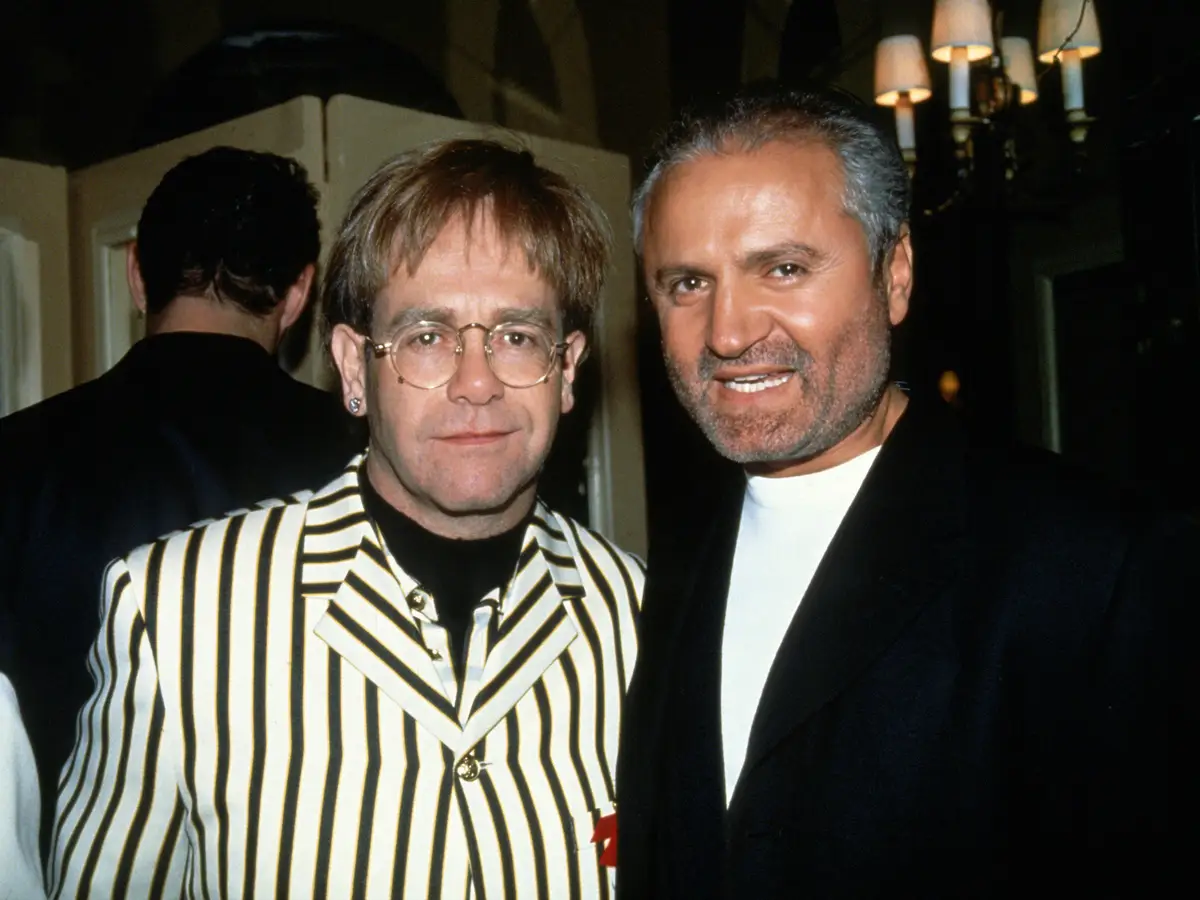
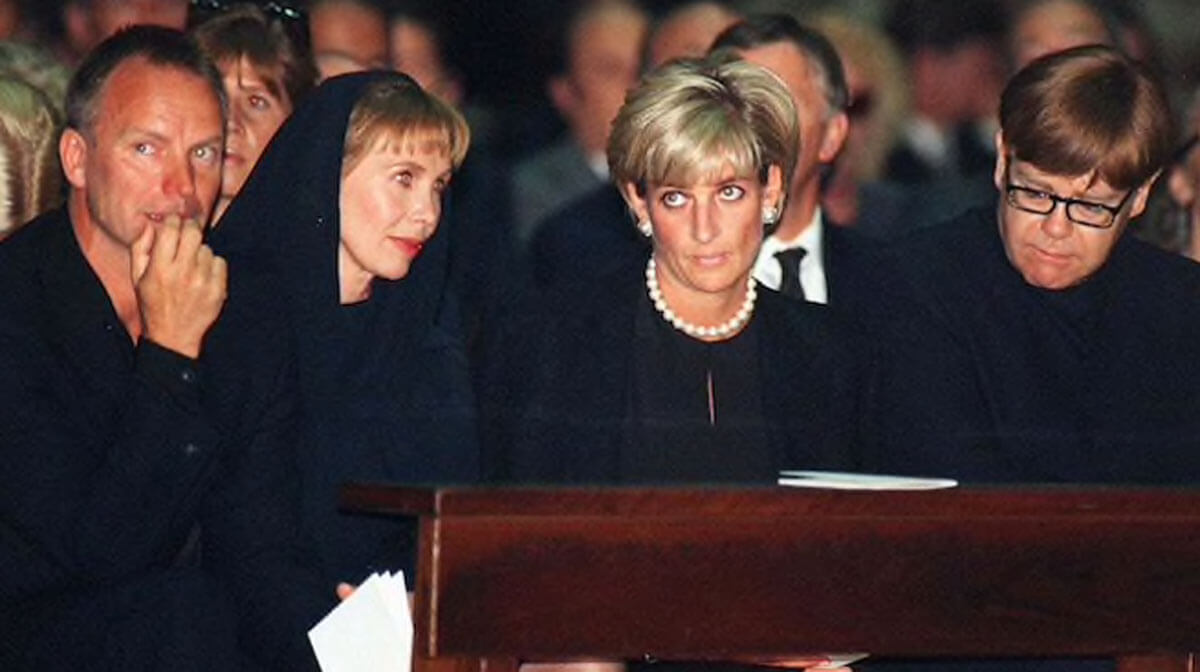
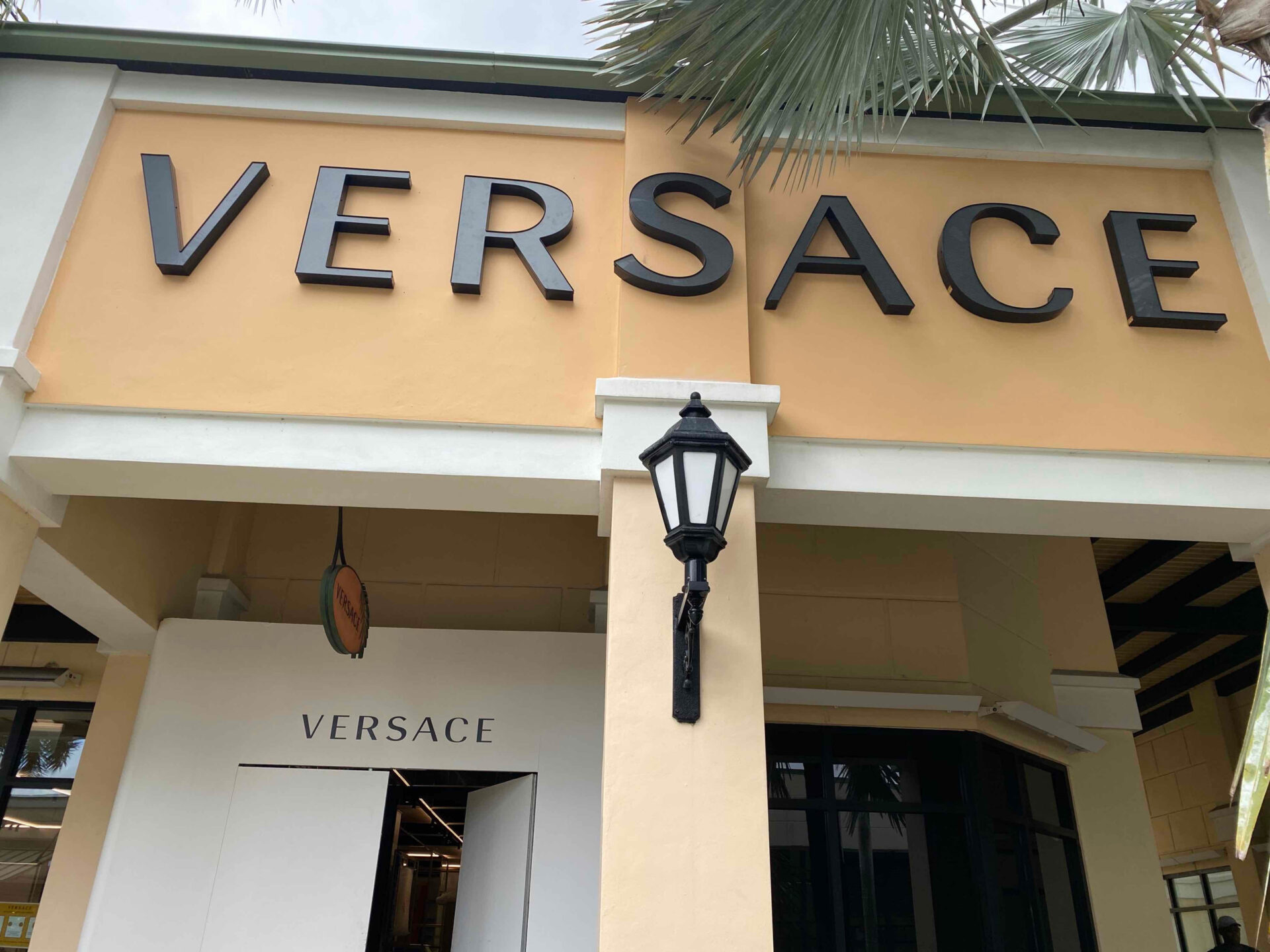

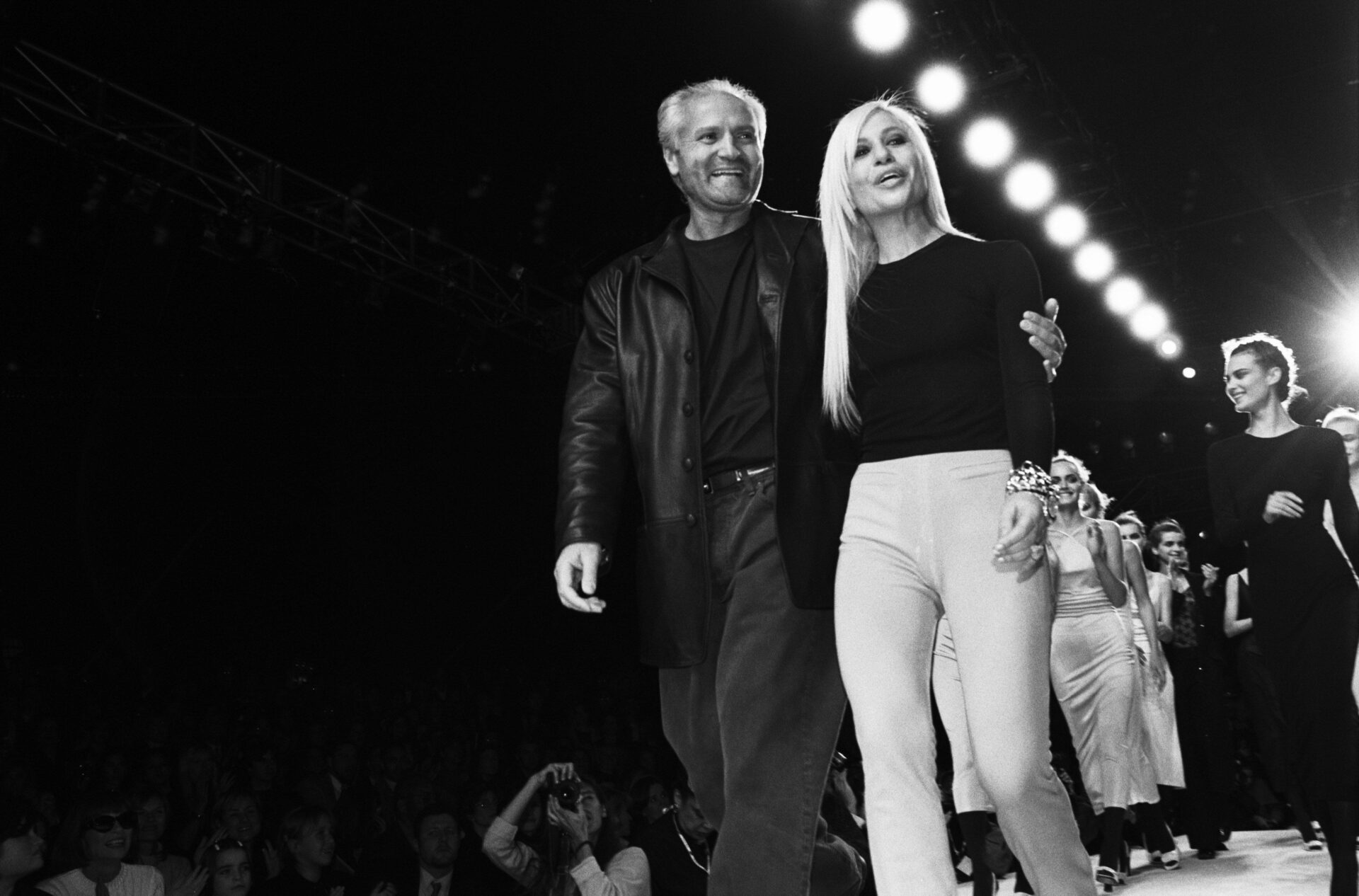

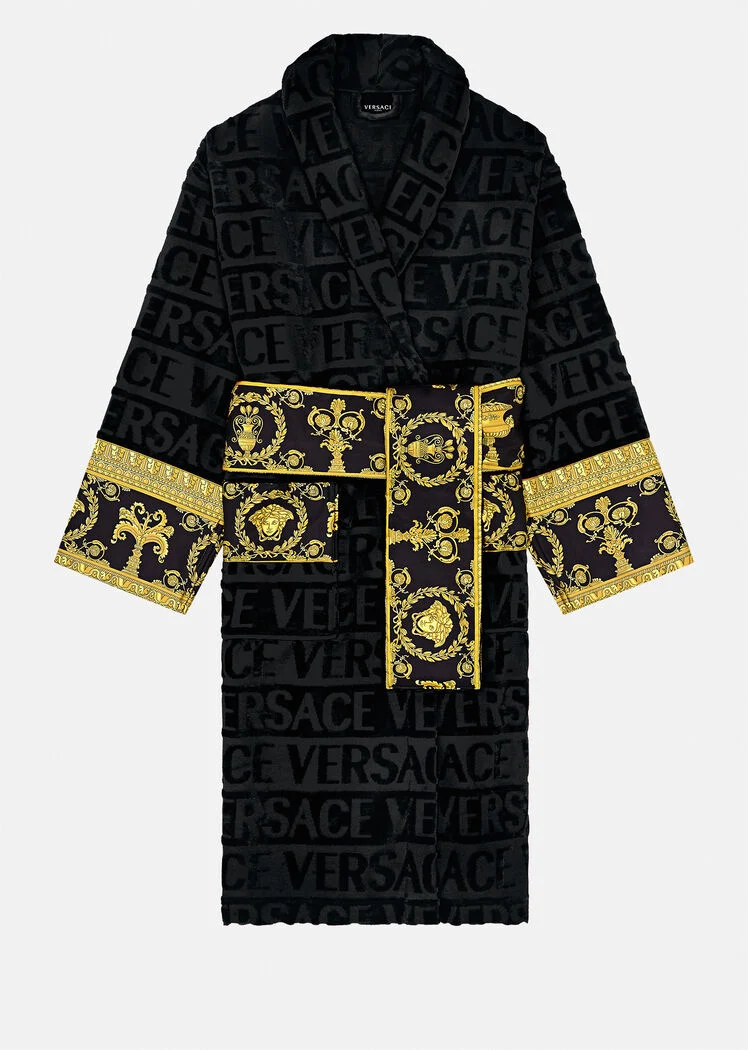
ACT INDIE #2
THE SAGA OF WILHELM AUTOMOTIVE BY BENJAMIN VILLANUEVA

WILHELM AUTO REPAIR & TIRES
For this Act Indie installation, we turn to an Arizona company with roots in the days of yore. Imagine cowhands and cowboys alike. Good men and women with peacemakers and an explorers passion braving the unknown. With the great American spirit, they settled down in the wild desert to mold it into society. These pioneers came around the 1880s from Peoria, Illinois to settle this beautiful Arizona land, and when they did Tuck Blackwell established a blacksmith shop for these settlers. When he sold the shop, it became the Jennings Brothers Garage. Until Joe Wilhelm and his uncle, John Ansel bought the garage and changed the name to Wilhelm Garage. Already we see in this companies’ history examples of the Act Indie! spirit from the 1880s pioneers to the entrepreneurs of the Roaring Twenties, and to the modernization and expansion of the most recent years. The Act Indie spirit is found within individuals and companies who strike out on their own to build their prospective industries and succeed with superior products and services.
As far as servicing the great Arizona land, this company’s origin includes blacksmithing for the early settlers and then working on the first genesis of automobiles for the citizens who developed that settlement into cities and eventually as the first variant of Wilhelm, by taking care of the machinery for the West Valley farmers. Their ‘Indie” spirit is also seen during this time period as they serviced the equipment for the West Valley. Not just in the quality service, and customer service, and personal relationships built, but also in the fact that they were known to even accept crates of vegetables as payment. This shows that deep personal relationships have created Wilhelm’s company persona because Wilhelm was so dedicated to their original core market they turned their focus away from money and still provided the necessary service. Currently, they continue to offer this heart to their customers via the growing list of stores around the valley. This heart is in their customer relations, their quality servicing, and the way they give back to the community. The list of non-profits they support is extensive enough to distract from the flow of this prose, so follow the asterix below to view which organizations they support. In their words, “ If you are interested in supporting local non-profits, may we suggest you visit the following sites*…” However, I would be remiss not to mention the three hundred pounds of human food, as well as the seventy-five pounds of pet food also donated during the 18th annual holiday food drive which benefited the Foothills Food Bank and Resource Center and Valley View Community Food Bank. As for the fur babies; the pet food was donated to Chuck Waggin’ Pet Food Pantry, whose main goal is to supplement services that help families keep the pets they love. In the words of Thom Gryder, “When you integrate your family into the community, it all fits, it all flows. It’s not something we do as an obligation it’s something we love to do.” Now in a ninety-year-plus history, one thing remains, and it is the eighth bullet point under the Wilhelm Code of Ethics: Have a sense of personal obligation to each customer. I personally experienced this when they put new tires on my Prius. I stopped at a different location after the servicing because I heard a noise that I thought indicated something had gone horribly wrong. This sound unsettled me so much I made an emergency stop at the nearest Wilhelm and was surprised that the crew was so intent on helping me that they took it upon face value that I had just had another Wilhelm put my tires on, and they made sure the noise was nothing alarming. Then one of their staff took off the hubcap and solved the minor issue which may have grown to a major issue. What stood out from this was the heart and attitude of the Wilhelm team. In fact, even now as my Prius lays wrecked in some junkyard due to a series of unfortunate events which fall under the Murphys Law category; I continue to use Wilhelm and my latest vehicle glides efficiently over the asphalt on the Z rated tires that Wilhelm installed.
Not limited to their influence on modern fashion, the trail blazing aesthetic of this fashion house in general, has influenced a new age of concepts. Creating an ethos of eccentric wealth distributed via culture and icons. Giannis' vision was executed right out of the Beatlemania playbook, where the producers of a concept create the illusion of established fame, and in Versace's case, a sense of aristocratic legacy, via a well orchestrated series of media blitzkriegs pushing forward the ideas and messages of the concepts involved. So the age old question remains, “What came first? The Beatles? or Beatlemania?” and furthermore, the question begs, “Was Beatlemania instigated by the illusion of ‘Beatlemania’ represented in A HARD DAYS NIGHT and HELP!?” And how could this relate in any way possible to the Shakespearian tragedy of Gianni Versace and the House of VERSACE? In both instances The Beatles and Versace decided to Act Indie... using a marketing strategy centered around new indie fashions and sounds. They created a strategy unique to their brand and they struck out into a world that originally rejected their brand until they won.
Using a curated image, an embellished back-story, and celebrity endorsements; Gianni perfected a ‘faith it until you make it’ approach, in order to establish his fashion brand into the industry. This was no easy task, and Gianni needed to portray the image of a fashion house with a historical legacy. Soon with marketing, Gianni was the first Italian house of fashion to be fully embraced by the American elites. And his marketing techniques, continued to evolve and, in fact, the genesis of Gianni’s creation has come to full blossom in our modern age of fashion.
While marketing, Gianni never lied about his families’ history; he merely transfigured it into a fable appropriate for Grecian nymphs and goddesses and gods to muck about in. His mother had been running a seamstress operation from the earliest moments of his childhood, until that very moment in history when Gianni became Versace.
Jung would say that since Gianni centered his playful approach around iconic archetypes, he was able to grab ahold of the collective unconscious, because after all, the Grecian studies of the mind, relate to the antiquity of the primitive man turned cultivated civilian. A process that relies intrinsically on the value system of symbols to create a hierarchy of learning patterns. Using the Medusa image to install a sense of deity and danger; in one fell swoop, Gianni broadcasted this ‘catch 22’ in one serpentine, iconic, brand. Fashion is beauty, and beauty draws the observer into full focus of the icon of itself. The observer may also relate the metaphorical nature of Medusas’ stare and snake hair to the proverbial moral lesson of the dangers of being enticed by beauty. The observer is hypnotized, however, if they stare too long into beauties’ eyes, they will turn to stone. . Just like the famous stars and celebrities that Gianni attached his symbols too. And, indeed, these icons have "turned-to-stone" in our minds.
This celebrity endorsed style of marketing was nothing new however Versace embraced such greats as Elton John, Cher, Naomi Campbell, Carla Bruni, Linda Evangelista, Chrisy Turlington, Helena Christensen, Princess Diana, Claudia Schiffer, and Cindy Crawford to name a few originals. Jessica Alba, Regina King, Gigi Hadid, 2 Chainz, Tyga, Drake, Rick Ross, Big Sean, and Lady Gaga are a few more modern examples. The idea remains the same. Whichever celebrity is adorned with Versace, sells the Versace brand. This style of marketing has become the crux of the podcast, celebrity endorsed, social-media-influencer induced marketplace of the modern online business world. Gianni used this technique and created a 800 million dollar corporation by the time the 'wolfs on wall street' were knee deep in pure driven snow and unethical profits. Before the whole world had a smart phone in their hands. His sister has continued the tradition and the technique has grown in strides with digital marketing boosting the efforts even more. Celebrity endorsement broke the fourth wall as millionaire and billionaire hip-hop and rap artist of different genres embraced the fashion house as an iconic staple of their lifestyle brand during the nineties and referenced the House in songs and movies. This industry as a whole began homaging various fashion houses via lyrics, stage costumes, and with artist names (e.g. Gucci Mane, Jay Versace, Chanel West Coast, Burberry Perry)
Songs like the Migos', Versace, drive the point home,
"Versace, Versace, Versace, Versace..."
With the advent of hip-hop culture, the brand began reaching the average Joe whose subconscious had been saturated with songs of the fashion house, and images of the Medusa for years. The temptation has gone beyond the cultural divide of class, as the middle class and those with even smaller tax brackets, are now springing for the luxury items to emulate the culture they have been introduced too in the past two decades.
In 2018 Michael Kors Holdings Limited changed its name to Capri Holdings Limited and purchased Versace for 2 billion dollars. This enters the next Age of Versace, and the expansion has begun world wide. Together we shall discover what new marketing techniques lay ahead. Until then, perhaps this history lesson will give your marketing plan a boost.
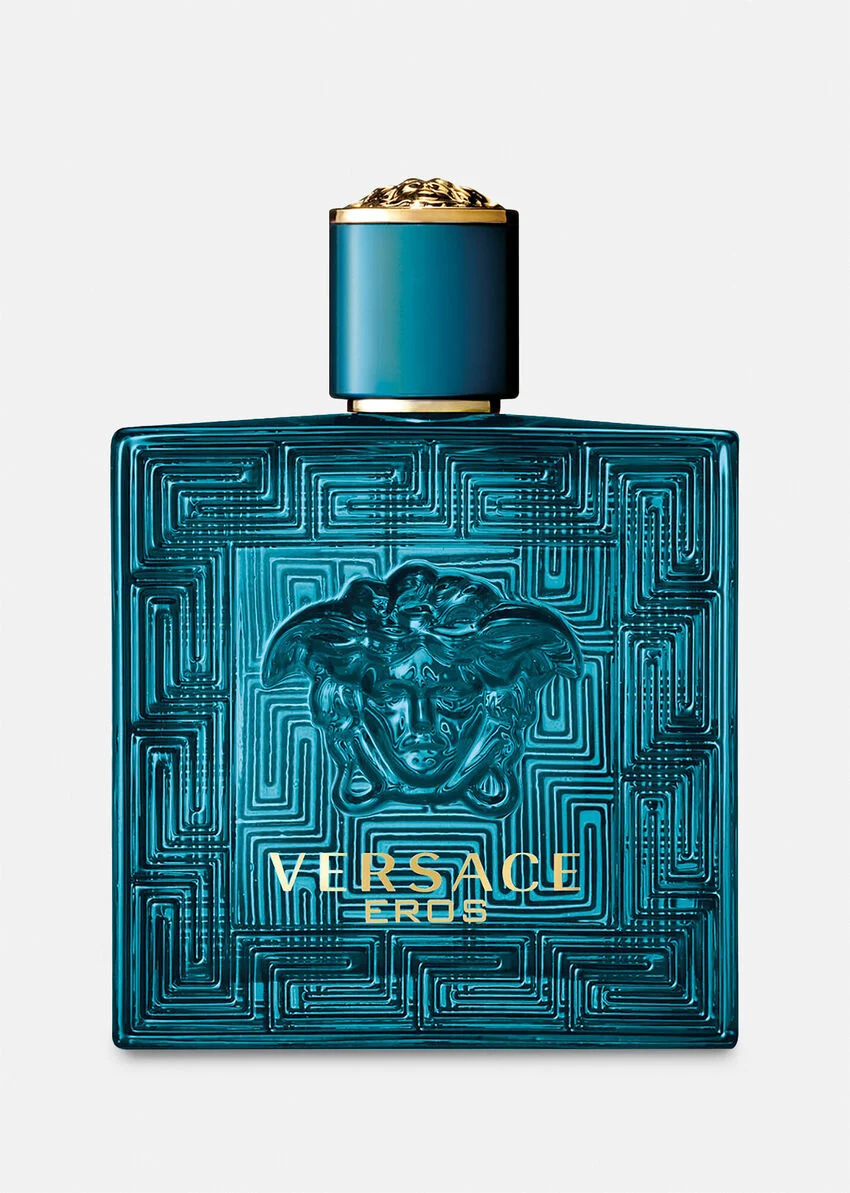
Not limited to their influence on modern fashion, the trail blazing aesthetic of this fashion house in general, has influenced a new age of concepts. Creating an ethos of eccentric wealth distributed via culture and icons. Giannis' vision was executed right out of the Beatlemania playbook, where the producers of a concept create the illusion of established fame, and in Versace's case, a sense of aristocratic legacy, via a well orchestrated series of media blitzkriegs pushing forward the ideas and messages of the concepts involved. So the age old question remains, “What came first? The Beatles? or Beatlemania?” and furthermore, the question begs, “Was Beatlemania instigated by the illusion of ‘Beatlemania’ represented in A HARD DAYS NIGHT and HELP!?” And how could this relate in any way possible to the Shakespearian tragedy of Gianni Versace and the House of VERSACE? In both instances The Beatles and Versace decided to Act Indie... using a marketing strategy centered around new indie fashions and sounds. They created a strategy unique to their brand and they struck out into a world that originally rejected their brand until they won.
Using a curated image, an embellished back-story, and celebrity endorsements; Gianni perfected a ‘faith it until you make it’ approach, in order to establish his fashion brand into the industry. This was no easy task, and Gianni needed to portray the image of a fashion house with a historical legacy. Soon with marketing, Gianni was the first Italian house of fashion to be fully embraced by the American elites. And his marketing techniques, continued to evolve and, in fact, the genesis of Gianni’s creation has come to full blossom in our modern age of fashion.











ACT INDIE #3
BY BENJAMIN VILLANUEVA
GROW BIG! ACT SMALL!
Since the conception of film and its subsequent industries, the notion of ‘independent film makers’, stemmed out of a necessity to compete with the first version of established movie industry moguls. In a nutshell, companies monopolizing the production, sale, and use of film, film equipment, and the use of film licensing, forced actor and director troupes to migrate from the east coast to the west coast. Ironically, said groups have become megalithic in their own right, and many a film renaissance has birthed from this age old struggle. From the French New Wave movement of the sixties and seventies, to the American film revolution of the seventies, to the current class of film makers broadcasting via YouTube and other streaming outlets. This age old ‘David and Goliath’ story sheds some light on the forever old battle between underdogs and the established elite. However, perhaps this is actually a case of David evolving into a David-Goliath hybrid now facing off in a modern landscape featuring pop-up 'David' restaurants, eager for a swing at Goliath's temple. Not to mention the other culinary giants in this global economy.
Some companies lose that underdog passion which once fueled their rise to the top, and others build that energy into their DNA. This month we are focusing on a company who has achieved the latter, while expanding to over 18,000 stores world-wide. The pizza shop formerly known as DOMINICK’S, was a fairly average sized, relatively unknown pizza shop in the 1960s until two brothers, James and Tom Monaghan, took it over and thus the genesis, of the future, of pizza was born. As the shop expanded to three locations, the name, and logo were changed to DOMINO’S PIZZA sometime in 1965. In fact, the original design included three dots which represented the three stores at the time, and the thought was to add a dot for each store, however, there were hundreds of stores towards the end of the seventies and rebrands would eventually get rid of certain shapes, colors, and logos.
Despite growth, the overall goal was to keep Domino’s a traditional company. Sticking to tradition continues to be a driving force with store-sales, and each location makes a culinary mark in the communities surrounding the stores. A very relevant and recent example happened in San Antonio during a winter storm. The storm had shut down all pizza places in the area, and this location stayed open, feeding the surrounding community. Apparently, a weekends worth of food was cooked, served, and gone within a four hour period. The impact felt from these four hours of service, has had a lasting effect on the hearts of their local community, and has given credit to the Domino’s name worldwide. It may seem contradictory to advise a large corporation to keep some connection to their once small roots, however, this human touch is what engrains a brand into the hearts of its consumer, rather than, merely branding the proverbial collective unconscious.
ADAPT! REBRAND! EVOLVE!
An artist who reinvents himself, such as Dylan, or The Rolling Stones, or Kanye West, has more longevity in their career compared to other artists who remained unchanged, and with limited careers. Vanilla Ice is an example of an artist not changing his brand quick enough, even though he has recently expertly sideswiped his past persona with a reality tv rebrand. In short, his music career has simmered out, however, his celebrity career was embraced, and that rebrand has fueled his personal brand, and company with more time. This idea of evolving the state of one project into the future, allowing strengths to guide and installing a quick learning curve for any mistakes.
Each period of change should be documented with a rebranding movement throughout all logos, and trademarked mottos, and other marketing material aesthetics should periodically be adapted to the current culture of ones institution. Often, this is the most clear message one can send about the status of their organization. Are you going through a retrospective phase, using nostalgic throwbacks to a retro era of your company? Are you going through a modernization period to match sudden growth? Have you gone more green for the environment? All of these changes can be reflected through a rebranding tailored to the specifics of any rebrand scenario.
Dominos rebranded in the 1960s in order to allow for growth vis-a-vis a franchise industry that has a current global reach. They also adapted to the culture in the 90s by adding a few more varieties on the menu besides pizza and two dough options. They have pioneered a ‘pizza car’ in order to adapt to a drivers need to hold pizzas, two liters, and condiments, and now this ‘pizza car’ concept has been adapted once again to include robotic and self-driving features (Limited to Dutch and German cities). A more 2020 touch has been added to the delivery fleet with the experimentation of a drone in New Zealand that has successfully delivered at least one pizza. And of course we can mention once again the rebranding that happened with the Domino’s store aesthetic and logo, which happened once again in 2012, officially rebranding this pizza enterprise as DOMINO’S. The three dots are still there, reminding us that this empire began with three small stores...

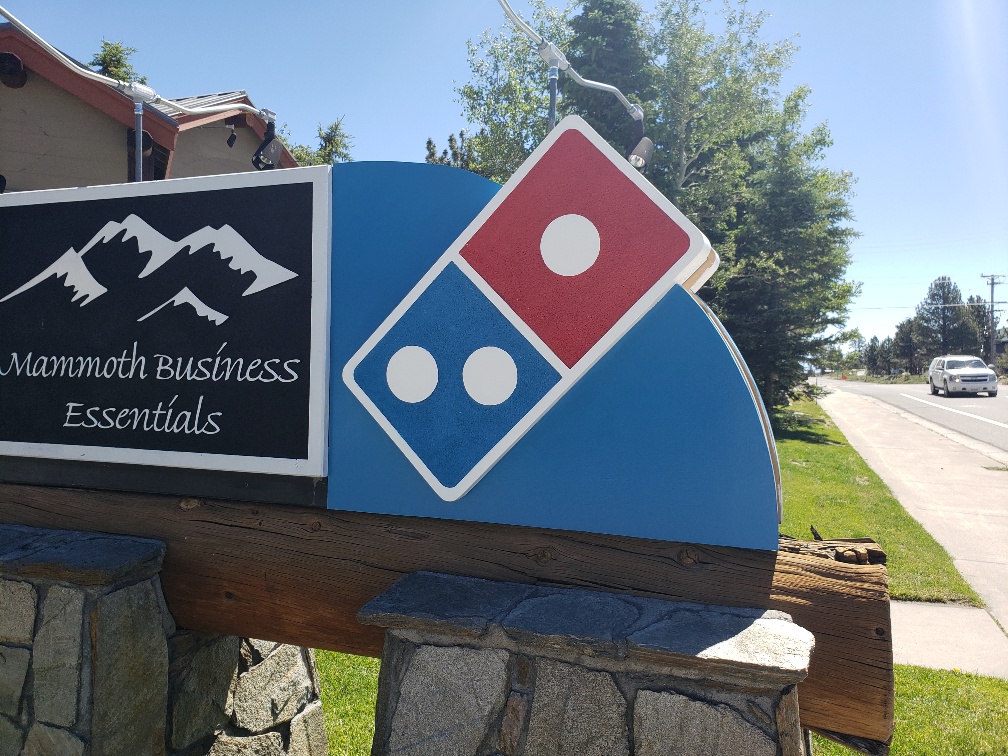
ACT INDIE! #3
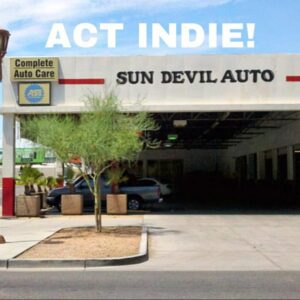
Welcome to the New Year!
For this first Act Indie! article of the new year we will focus on the Arizona “indie” auto repair sensation of the late seventies. Aptly named, Sun Devil Auto grew from an Arizona favorite to locations around the nation. By 2022 Sun Devil Autos’ expansion now includes multiple shops in Las Vegas, Austin, Houston, and San Antonio. This is the result of providing a quality service, based on the core values of integrity, pride and personal responsibility. These values are evident in their customer service which is something I personally experienced last month, on two different occasions.
The team installed a set of new brakes, and repaired the antenna Which had been snapped buy an upset pedestrian. Both times the service was on point and finished in a timely manner with great customer service from initial call to walk in greeting and overall experience. The work was finished earlier than expected and was evidently made by well trained technicians and staff. Even though I was a bit tardy for both of my meetings, staff still treated me like a preferred customer and I was completely assured in my own mind that my beautiful Stella was in good hands and in fact she is now in a much better condition leaving only a new tint job on the to do list. If only Sun Devil Auto had a glass and tint department hint hint.
But I’m sure there’s a reason their entire infrastructure is set up exactly as it is. Their current business success is evidence of how effective their systems are and I wonder what new states they will continue their expansion within, during the near future. Now even though all of these elements are definitely integrated into the general ethos of Act Indie!
The most act Indie trait is within the local marketing genius of their company name. Although no one is making any official claims to any of the Arizona universities, the name Sun Devil auto is so brilliantly independent in its bold move to identify itself so specifically to one geographical area.
It does this so well that in fact it somehow encapsulates the overall feeling of the state of Arizona itself. This is a bold move because sometimes the fear a company might have concerning branding themselves so specifically to one area or region or group or ideology is that they will lose whatever demographics which are not apart of the chosen area.
However the act indie ideology is one that has no fear and one that stays true to whatever original message or spirit an individual or a group of individuals may have well conceiving their project. So this is such a great example of acting indie because not only was the chosen Marketing successful in Arizona, it also translated well into the other states currently occupied by their shops!
Branding matters, and which ever aesthetic your company goes for, remember that the right brand can last generations.
